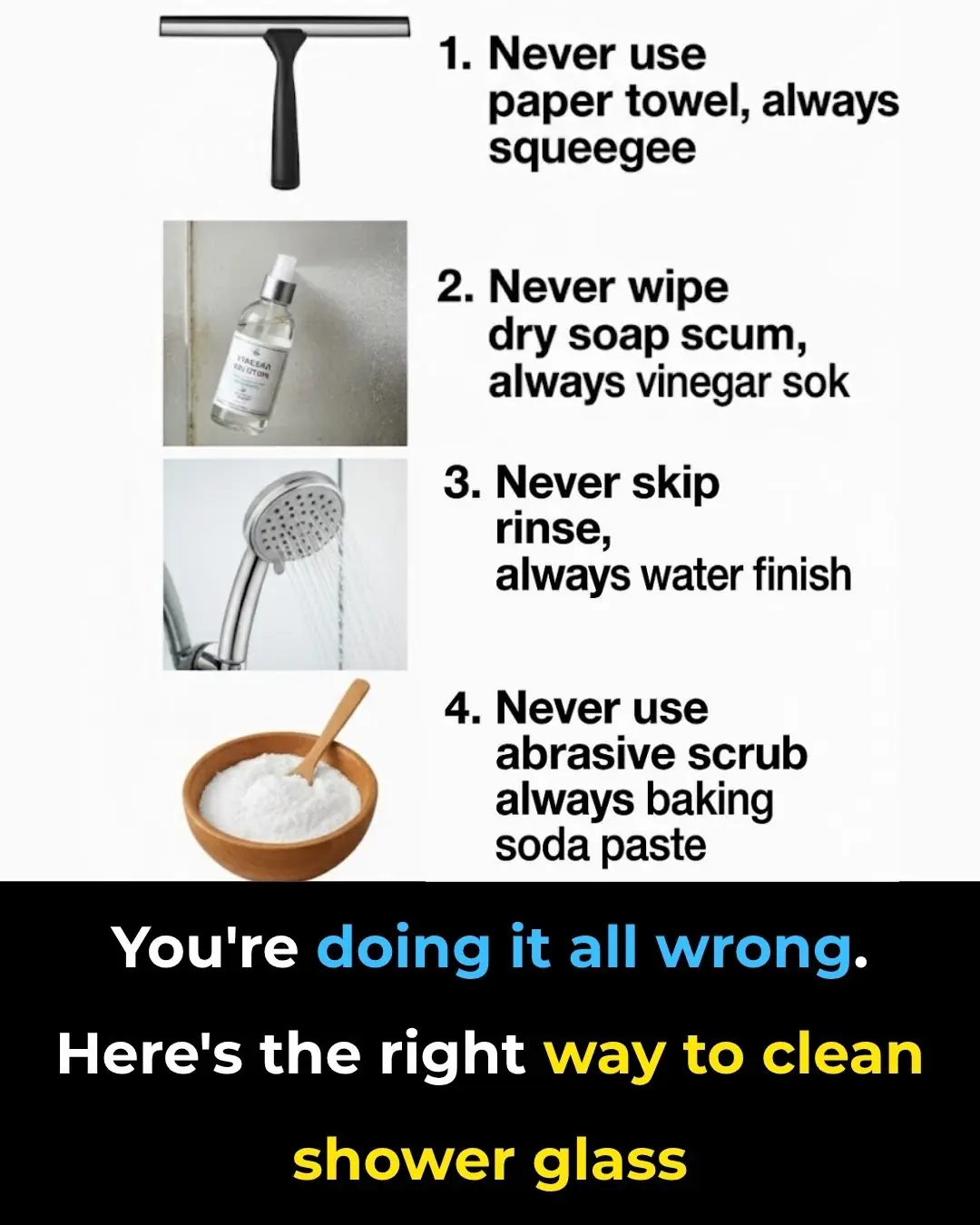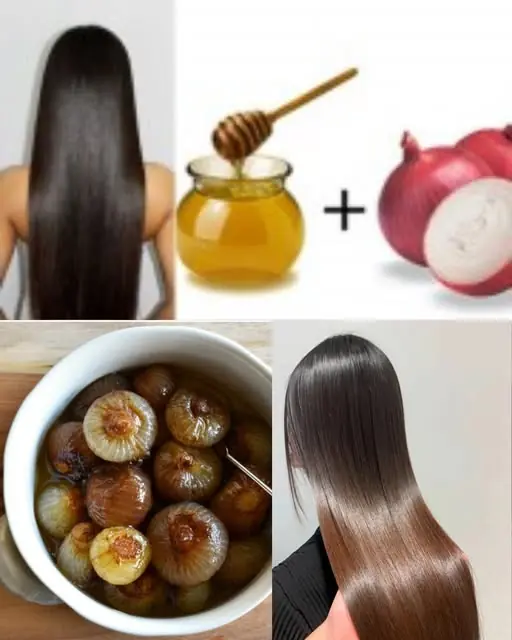
You’re Doing It All Wrong. Here’s the Right Way to Make a Bed
Making a bed may seem like a routine task—one we complete on autopilot every morning without much thought. But when we pay attention to how we make the bed, it can significantly impact our sleep quality, the longevity of our bedding, and the overall appeal of our bedroom. If you often find yourself kicking off the covers, waking up tangled in sheets, or feeling restless at night, it may be time to rethink your bed-making approach. In this comprehensive guide, we’ll walk you through every step—from choosing the right materials to mastering the art of layering—whether you aim for a crisp hotel-style finish or a warm, inviting lived-in look.
1. Start With a Clean Slate: Why Mattress Protectors Matter
Before you even bring out the sheets and blankets, the first step is to ensure your mattress is protected. A high-quality mattress protector acts as a barrier against allergens, dust mites, spills, and stains—helping extend your mattress’s life and maintaining a healthier sleep environment. Sleep Foundation+1
Experts emphasise that many people skip this step and suffer the consequences: trapped sweat and allergens degrade mattress quality and sleep hygiene. Tom's Guide+1
When choosing a protector, look for one that fits your mattress size snugly (including any topper), is breathable yet waterproof if needed, and ideally certified for safety or low-chemical use. Simba Sleep+1
By starting with this protective layer, you set a solid foundation for clean, comfortable bedding.
2. The Perfect Fit: Choosing the Right Sheets
Once the mattress and protector are in place, the next consideration is your sheets—both material and sizing matter a lot. First, measure your mattress’s depth (standard mattresses may be 9–14″ deep, but pillow-tops or luxury models can be larger). Use fitted sheets with deep pockets to ensure a snug fit. Sleep Foundation+1
When it comes to material:
-
Opt for natural breathable fabrics like cotton (especially long-staple cotton) or linen, which help regulate temperature and moisture. SHEET STORY+1
-
Consider thread count (though not everything): a higher thread count can feel softer, but fabric quality and weave matter too. SHEET STORY
-
Think about fibre type: a systematic review found that bedding fibre type influences thermal comfort and thus sleep quality—cotton, wool, linen perform differently from synthetic blends. PMC
In short: a fitted sheet that fits properly and is made from a good material makes a big difference in comfort and durability.
3. The Art of Layering: How to Arrange Your Sheets
With the base materials sorted, it’s time to layer them properly for both function and style. Start with the fitted sheet, making sure it hugs each corner of the mattress neatly. Then add the flat (top) sheet—some people lay it with the “right” side facing down so that when folded back it shows the pattern or finish. Then you may add a lightweight blanket or coverlet before your main duvet or comforter. Sleep Foundation+1
For a crisp, hotel-style look, incorporate the “hospital corner” tuck at the foot of the bed:
“To create crisp hospital-style corners, tuck the top sheet beneath the foot of the mattress… repeat on the other side.” Sleep Foundation
By layering thoughtfully, you not only improve visual appeal but also function (so layers can be removed/added with seasonal changes) and comfort (smoother surface, fewer lumps or wrinkles).
4. Never Tuck Your Duvet (or Maybe Do?): The Benefits of the Loose Float
Traditional wisdom might tell you to tuck your duvet tightly—but many interior stylists now advocate a looser “float” for a more relaxed and inviting aesthetic. Letting your duvet drape naturally over the sides creates a soft, cloud-like effect that signals “jump in” rather than “locked-down”.
When choosing a duvet cover, select one slightly larger than your insert so it fills out nicely without over-stuffing. That way, the cover remains plump, and the comforter inside can fluff evenly. Some guides recommend placing the duvet insert loosely inside the cover so it can settle naturally rather than being tightly compressed. Sleep Foundation+1
If you prefer a crisp hospital-style bed, you may still tuck at the foot—but for a more casual, lived-in yet stylish look, allow the duvet ends to sit and simply fold back the top edge to show layers beneath.
5. Fluff and Fold: Proper Pillow Arrangement
Pillows aren’t just functional—they’re key to the visual impact of your bed. Start by fluffing each pillow so it regains shape and volume. Then arrange from back to front: larger pillows (e.g., Euro shams) at the back, then standard sleeping pillows, then decorative throw pillows in front. A balanced approach (two to four pillows depending on bed size) ensures your bed looks inviting, not over-crowded.
Throw pillows add texture but choose them wisely—too many or too large can overwhelm the bed’s proportions. By contrast, fewer high-quality pillows with good cover materials elevate both comfort and style.
6. Midweek Refresh: Why Pillowcases Need Extra Attention
Pillowcases are often overlooked—but they play a surprisingly large role in your sleep environment. Because pillows stay in close contact with your face and hair, they accumulate oils, sweat, and dirt faster than other bedding surfaces. Changing pillowcases midweek (in addition to full sheet changes weekly) helps maintain freshness and hygiene.
Also consider pillowcases with envelope closures to keep the pillow inside and maintain neatness. In short: refreshing pillowcases boosts comfort, cleanliness and overall bedding appearance.
7. Top It Off: The Right Way to Use a Bedspread or Quilt
The finishing layer brings style and season-appropriate warmth. Choose a lightweight bedspread or quilt in warmer months (cotton or percale), and a heavier, insulated option (flannel, wool, plush quilt) for colder months. The bedspread should cover the entire bed—reaching just above the floor—and you can fold it back neatly at the head to showcase the layers underneath.
For aesthetic cohesion: pick a bedspread colour/pattern that complements your pillows and sheets. A textured weave adds depth without overwhelming the look. Layering here allows you both function (warmth) and form (style).
8. Seasonal Swaps: Adjusting Your Bedding for Comfort
As the climate changes, your bedding should respond accordingly. In warmer months: switch to lighter fabrics like linen, percale or bamboo—these wick moisture and promote airflow. In cooler months: layer up with flannel sheets, heavier quilts or wool throws to retain heat. The goal is a sleep environment that supports your body’s thermal regulation and reduces nights of tossing or overheating. Putnams+1
Regular seasonal refreshes also let you inspect bedding for wear, clean deeper, and rotate or replace items as needed to maintain comfort and longevity.
9. Mastering the Minimal Look: Achieving a Clean Aesthetic
If you prefer a minimalist aesthetic, focus on simplicity and clean lines. Choose a neutral palette (white, beige, grey, soft pastels) and limit patterns to one or two subtle designs. Keep throw pillows to a minimum, and opt for multifunctional pieces—such as a duvet that also serves as a bedspread.
Prioritise smooth surfaces, crisp edges, and consistent textures (e.g., cotton sheets, linen pillow covers, a simple throw). This not only gives you a modern look but also makes daily bed-making quicker and easier—ideal for days when you’re short on time.
10. Going Green: Eco-Friendly Bedding Choices
Increasingly, bedding choices intersect with sustainability. Consider fabrics grown without harmful pesticides (organic cotton), or alternatives like bamboo and Tencel that are softer and more eco-friendly. Certifications like the Global Organic Textile Standard (GOTS) or OEKO-TEX provide added assurance.
Beyond materials: choosing durable bedding means fewer replacements, less waste. Also, laundering bedding at moderate temps, air-drying when possible, and rotating usage extend lifespan and reduce environmental impact.
11. Viral Hacks: What Works and What Doesn’t in Bed-Making
The internet is full of bed-making hacks—some genuinely helpful, others less so. For example: using dryer balls to fluff comforters can boost floppiness; vacuuming the mattress regularly helps hygiene. Tom's Guide+1
However, complex tricks like folding fitted sheets into ultra-tight origami shapes can consume more time than they save, and may not noticeably improve sleep quality. When adopting any hack, test it on a smaller scale to see if it suits your routine and comfort. Often, simplicity and practicality win over overly intricate methods.
Conclusion
Re-thinking how you make your bed—from mattress protector to pillow sequence—can transform your sleep environment, support better rest, and elevate your bedroom’s look. Whether you aim for crisp hotel style or cosy everyday comfort, the right materials, layering, and touch-ups make all the difference. Say goodbye to restless nights and hello to a more inviting, restful sanctuary.
References
-
“How to Make a Bed: 8 Simple Steps,” Sleep Foundation. Sleep Foundation
-
“The Impact of Bedding on Sleep Quality,” SheetStories. SHEET STORY
-
“How do Sleepwear and Bedding Fibre Types Affect Sleep …,” PMC. PMC
-
“A Guide to Mattress Protectors (and why they matter),” S cooms blog. scooms
-
“Bed-Making Made Easy – Changing Linens Like a Pro,” Thacleaning blog. thacleaning.com
-
“How to Layer Your Bed for Comfort,” Putnams blog. Putnams
News in the same category


Nina Dobrev mocks her split from Shaun White with pointed Halloween costume

Sydney Sweeney Makes Out With Scooter Braun in Central Park

Hugh Jackman was ‘warned’ about ex Deborra-Lee Furness’ major decision post-divorce: report

Coronation Street's Beverley Callard admits daughter no longer visits after paranormal activity

Big Brother's Zelah addresses cheating claims as he admits feeling 'betrayed'

Miss Universe winner, contestants walk out of ceremony over executive’s ‘disrespectful’ comment to beauty queen

Piece by piece, she rebuilt it with her own hands — and turned it into one of the coziest tiny homes you’ll ever see!

Why Some People’s Skin Turns Red When Drinking Alcohol

You’re Doing It All Wrong. Here’s the Right Way to Store Knives

You’re Doing It All Wrong: The Right Way to Clean Shower Glass

Most Do This Wrong: 10 Everyday Habits That Make Mold Grow Faster

Playwright August Wilson Posthumously Honored With Star on Hollywood Walk of Fame

Meet James West, The Black Man Who Invented The Electret Microphone

‘They Described a Man I Never Met’: Comedian Roy Wood Jr. Tells Shannon Sharpe He Learned To Love Watching How His Absent Dad Treated Another Family

This Brewery Is The Only Black-Owned Brewery In New York Brewing Its Beer On-Site

Joseph Deng Makes History as First Player From South Sudan to Sign a Professional MLB Contract

Meet The Specks, the Black Brother-Sister Duo Who Invented the Potato Chip

Meet Mr. & Mrs. Grady, Owners Of North Carolina’s Only Black-Owned Whole Hog Barbecue Smokehouse
News Post

This Homemade Coffee & Turmeric Eye Cream Will Erase Your Dark Circles

How to grow clove plant at home – from seed to spice

7 Benefits Of Papaya Seeds & How To Consume Them Correctly

Chanca Piedra (Stonebreaker): Benefits and Uses

Nerve damage? 6 best oils to help repair your nerves

Red Onion for Hair Growth: How This Overlooked Natural Remedy Can Stop Hair Fall and Boost Thickness Fast

Banana and Coffee: Powerful combination with surprising benefits

1 cup to protect the pancreas (and reduce blood sugar)

Manraj’s Journey: A Brave Little Fighter Who Beat Cancer

The Day Rick Swope Saved Jo-Jo the Chimp: A Heroic Act of Compassion

A Dramatic Rescue: The Courageous Effort to Save a Mother and Calf Elephant in Thailand

The Orange Cat and the Bears: A Friendship You Have to See to Believe

Little-known wonderful uses of baking soda in gardening

Remembering Tim Franklin: A Husband, Father, and Friend Who Loved With His Whole Heart

Abused Genius Turns King: The Lost Experiment That Became Legend of the Jungle

Why You Shouldn’t Wash Rice in the Inner Pot of an Electric Rice Cooker

Turns out I've been using it the wrong way for a long time

Semper Fi Until the End: Honoring Sgt. Kevin Lloyd, a True American Hero

🥚 5 Simple Ways to Tell if Your Eggs Are Fresh or Rotten 🚫
